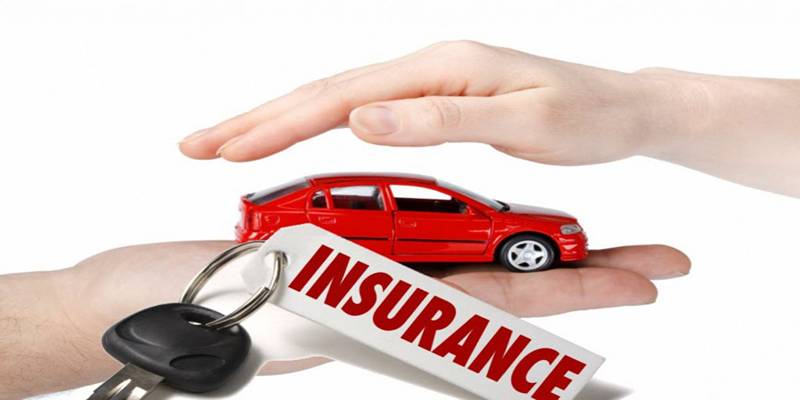Car insurance premiums vary drastically across state lines. While some drivers pay a relatively modest annual fee to insure their vehicles, others face eye-watering costs that can feel more like a second rent. This discrepancy is not random. Insurance rates are calculated based on a blend of factors—some personal and many geographic.
For millions of Americans, living in one of the most expensive states for car insurance means budgeting hundreds or even thousands more per year just for coverage. This post examines which states are currently the costliest for auto insurance.
The Most Expensive States for Car Insurance
Car insurance costs aren’t just about driving history—they’re also heavily influenced by location. Certain states consistently rank at the top for premiums due to a mix of legal systems, population density, accident rates, and environmental risks. Below is a closer look at the states where insuring a vehicle costs the most.
Florida
Florida currently ranks as the most expensive state for car insurance. Several factors contribute to its exceptionally high premiums. First and foremost, Florida’s no-fault insurance system requires insurers to cover a driver's medical costs regardless of who caused the accident. This structure inherently drives up the cost of claims.
Additionally, Florida has one of the highest rates of uninsured drivers in the country. Estimates suggest that nearly one in five drivers lack insurance. It significantly increases the burden on insurance providers, who must offer costly uninsured and underinsured motorist coverage.
The state’s vulnerability to hurricanes and flooding also leads to elevated claims, especially after major weather events. Combined with dense traffic in metropolitan areas like Miami and Orlando, it’s a perfect storm for high insurance costs.
Michigan

For years, Michigan was infamous for having the highest car insurance rates in the United States. Although a 2020 reform to its no-fault insurance system helped reduce some of the cost burdens on drivers, premiums remain high.
Previously, Michigan law required insurance companies to offer unlimited lifetime medical coverage for injuries sustained in car accidents. While this was a significant benefit to victims, it came at a steep price. Even after reform, legacy claims and ongoing medical costs continue to keep premiums above the national average.
Urban centers like Detroit also face high rates of auto theft and vandalism, adding another layer of risk for insurers and keeping rates elevated.
Louisiana
Louisiana is another state where drivers pay significantly more than the national average for car insurance. One of the main contributors is the state’s legal climate. Louisiana has a high frequency of lawsuits related to car accidents, often leading to expensive settlements and legal fees.
This litigious environment forces insurers to set premiums high enough to cover their expected legal costs. Additionally, Louisiana has a high rate of uninsured and underinsured motorists. Combined with lower average credit scores and higher-than-average accident rates, these issues place the state firmly on the list of the most expensive places to insure a vehicle.
New York
New York’s population density plays a central role in making it one of the most expensive states for auto insurance. Cities like New York City are filled with tightly packed roads and aggressive driving behaviors that result in frequent accidents and insurance claims.
High medical and repair costs in the state also affect premium pricing. Even minor collisions can lead to substantial repair bills due to the cost of labor, parts, and medical treatment.
Another challenge for insurers is vehicle theft, which tends to be more common in urban areas. It increases the risk pool and drives premiums higher for everyone, regardless of driving history.
California
California rounds out the list of the top five most expensive states for car insurance. While the Golden State does not have the no-fault rules that drive up costs in other states, it does contend with frequent natural disasters, including wildfires, earthquakes, and flash floods.
Add to that the severe traffic congestion in metro areas like Los Angeles and the Bay Area, and insurers are left with a large volume of claims to handle. These densely populated regions see more accidents, and even a small uptick in claims can affect pricing across the board.
Furthermore, California’s large number of commuters, newer drivers, and uninsured motorists adds to the financial exposure for insurance companies, which then adjust premiums accordingly.
Nevada
Nevada, particularly Las Vegas, sees unusually high auto insurance premiums for a variety of reasons. The state’s massive tourism industry brings millions of out-of-state drivers onto local roads each year. With unfamiliar drivers behind the wheel and congested traffic conditions, the chances of collisions increase significantly, especially in urban centers.
In addition, vehicle theft is a serious concern in areas like Las Vegas, where both residents and visitors face an elevated risk. The increased potential for claims due to theft and vandalism means that insurers must build in a buffer to cover those potential losses, which is reflected in higher premium costs.
Nevada’s minimal insurance coverage requirements also mean that many drivers opt for the least protection, pushing others to buy additional coverage for peace of mind.
Kentucky

Several overlapping factors influence Kentucky's position among the most expensive states for car insurance. Although not traditionally thought of as high-cost, the state’s claim frequency is surprisingly high, especially for personal injury protection (PIP) benefits under its no-fault insurance system.
Kentucky allows drivers to sue for pain and suffering even in relatively minor accidents, leading to a higher number of litigated claims. It adds legal expenses to the overall claims cost for insurers. Furthermore, medical costs in Kentucky have steadily increased, and many policyholders opt for higher coverage levels to protect against unexpected bills.
Conclusion
While individual behavior and vehicle type certainly matter, where a person lives plays an outsized role in determining car insurance rates. For drivers in Florida, Michigan, Louisiana, New York, and California, high premiums are often a frustrating but unavoidable reality. Understanding the regional factors that influence pricing can help drivers make informed choices—whether that means adjusting coverage, relocating, or shopping for new providers.












